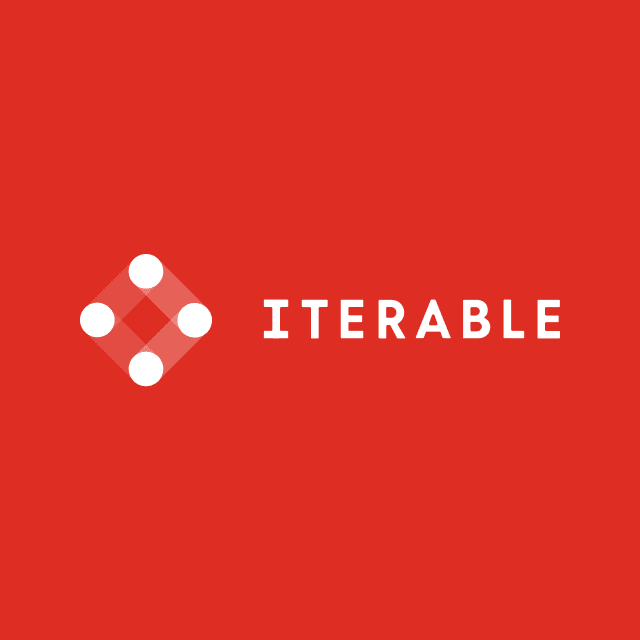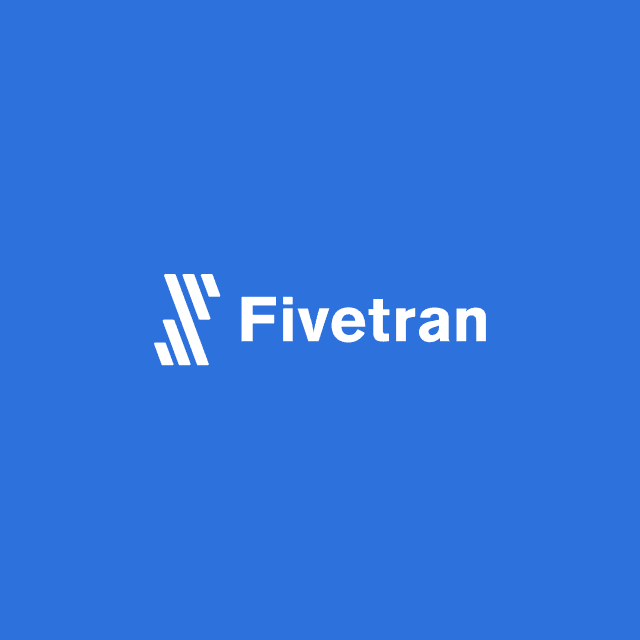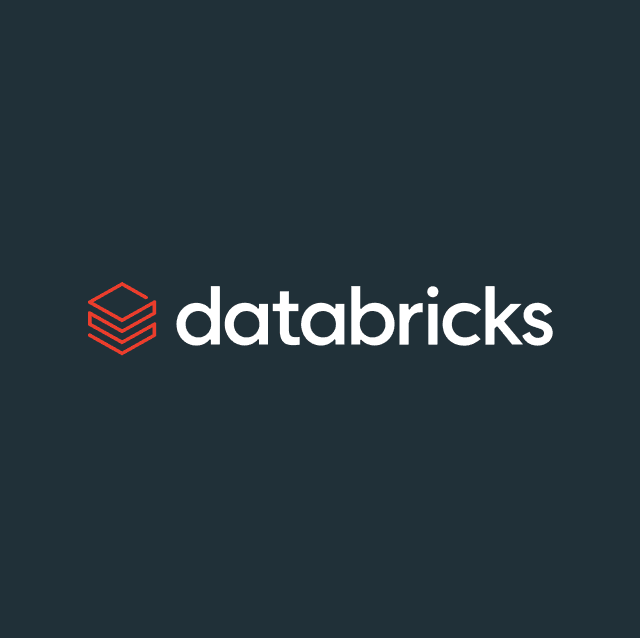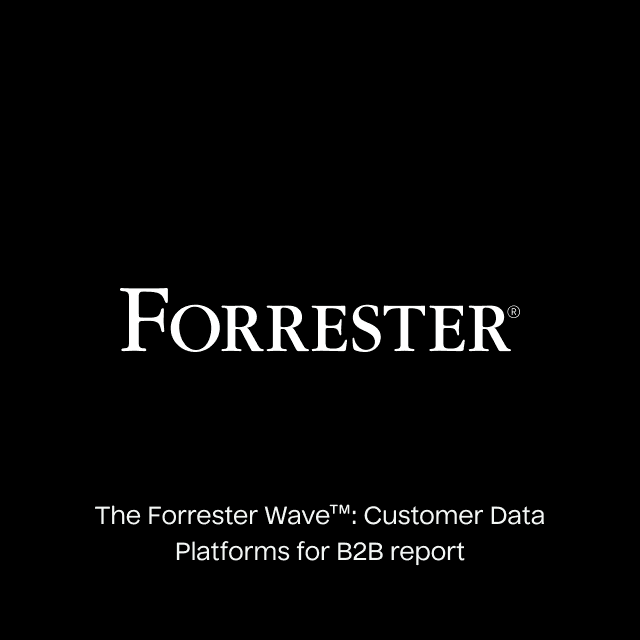Download our latest whitepaper: “Rewriting the Lifecycle Marketing Playbook with AI Decisioning” to learn how industry leaders are leveraging AI agents to drive core use cases like cross-sells, winbacks, and repeat purchases.
Subscription companies are entering a new era. Acquisition rates are dropping, consumer behavior has shifted, and churn is always around the corner. With wallets tighter and options endless, the golden age of subscriptions is over.
To stay profitable, leading brands are experimenting with dynamic pricing, tiered plans, and ad networks. Lifecycle marketing has shifted from acquisition to retention and loyalty, with owned channels like email, push, SMS, and in-app driving critical moments like onboarding, upgrades, churn prevention, and winbacks.
But traditional tactics can’t keep up. More segments, journeys, and batch sends eventually hit a personalization ceiling where ROI flattens.
In this blog, we’ll explore how AI Decisioning is rapidly transforming lifecycle marketing in subscriptions, using AI agents to scale and drive highly profitable use cases like driving product usage, upsells to higher tiered plans, and winning back lapsed subscribers.
Rewriting the Lifecycle Marketing Playbook with AI Decisioning
Discover how industry leaders are using AI to drive smarter, faster, and more profitable customer engagement.


The subscription personalization ceiling
Most lifecycle marketers have a clear mandate: improve retention, grow lifetime value (LTV), and drive more value from every user. But doing that at scale is more complex than it seems. Subscriber behavior is inconsistent. Engagement fluctuates. Trial conversion is unpredictable. And churn isn’t always easy to diagnose.
Marketers know the actions and behaviors they need to solve for: onboarding, plan upgrades, churn prevention, product engagement, etc., and they often rely on the same toolset of journeys, triggers, and batch-and-blast campaigns to drive these goals. These systems help automate key moments, but they all operate on the same assumption: that subscriber behavior follows a clear, repeatable path. But marketers know that’s never the case.
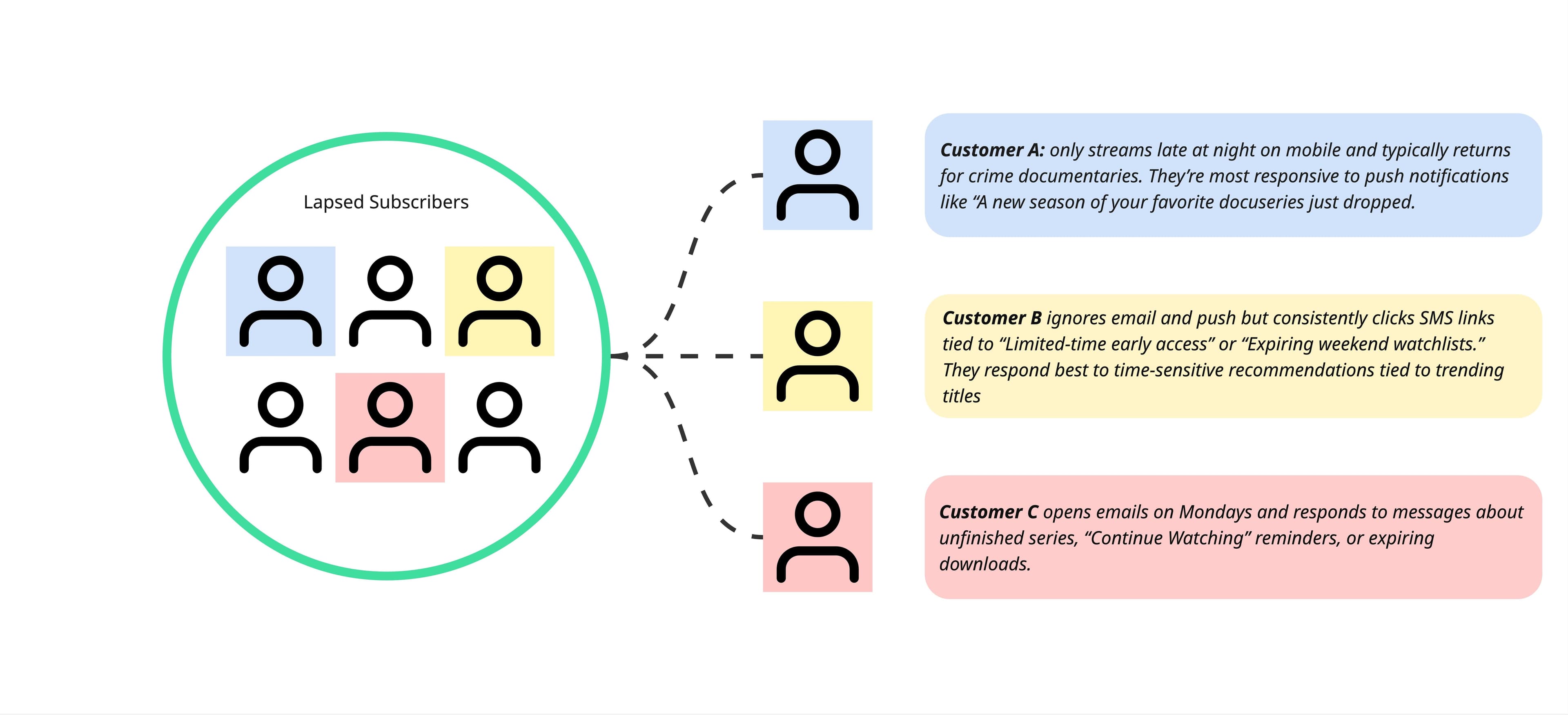
Audiences are made up of individuals with individual needs & preferences
One user might skip onboarding entirely and still convert. Another might engage heavily in their first month, then cancel without warning. Someone might downgrade not because of costs, but because they didn’t realize what features were included in their current plan. And a gap in usage might not indicate churn, but simply a change in routine.
Over time, teams try to solve for this complexity by building more rules-based flows, adding more segmentation, and layering in more logic, but eventually the ROI begins to flatten. No matter how many journeys you build or how many attributes you segment on, traditional marketing systems can’t adapt to every user in real time. The logic is fixed at that point in time. And the more complexity you add, the harder it becomes to maintain, measure, and scale.
Marketers aren’t just optimizing for a single action. They’re trying to drive habits, shape long-term value, and influence behavior to drive loyalty and LTV. And to do that, they need to reach their audiences at scale with messages that really resonate — which means having the right context to treat them like individuals and not audience segments. Until recently, delivering hyper-personalized 1:1 experiences to every subscriber seemed unattainable.
Scaling 1:1 personalization with AI Decisioning
AI Decisioning introduces a new operating model for subscription marketing, one that goes beyond journeys and rigid campaign logic to millions of real-time decisions made by AI agents. The result is unprecedented amounts of testing and learning that happens automatically — so teams can reach their goals faster, and users get the best experience possible.
Using AI Decisioning is simple. Rather than building complex flows for every segment or lifecycle stage, marketers simply configure agents with clear goals: deepen product engagement, increase plan upgrades, re-engage churned users, etc. Then you define the guardrails, strategy, and constraints to ensure that you stay in full control. From there, the AI agents go to work making millions of individualized decisions across your subscriber base to drive these outcomes — choosing the right message, content, timing, frequency, and channel for each user to shape behavior over time and drive long-term loyalty.
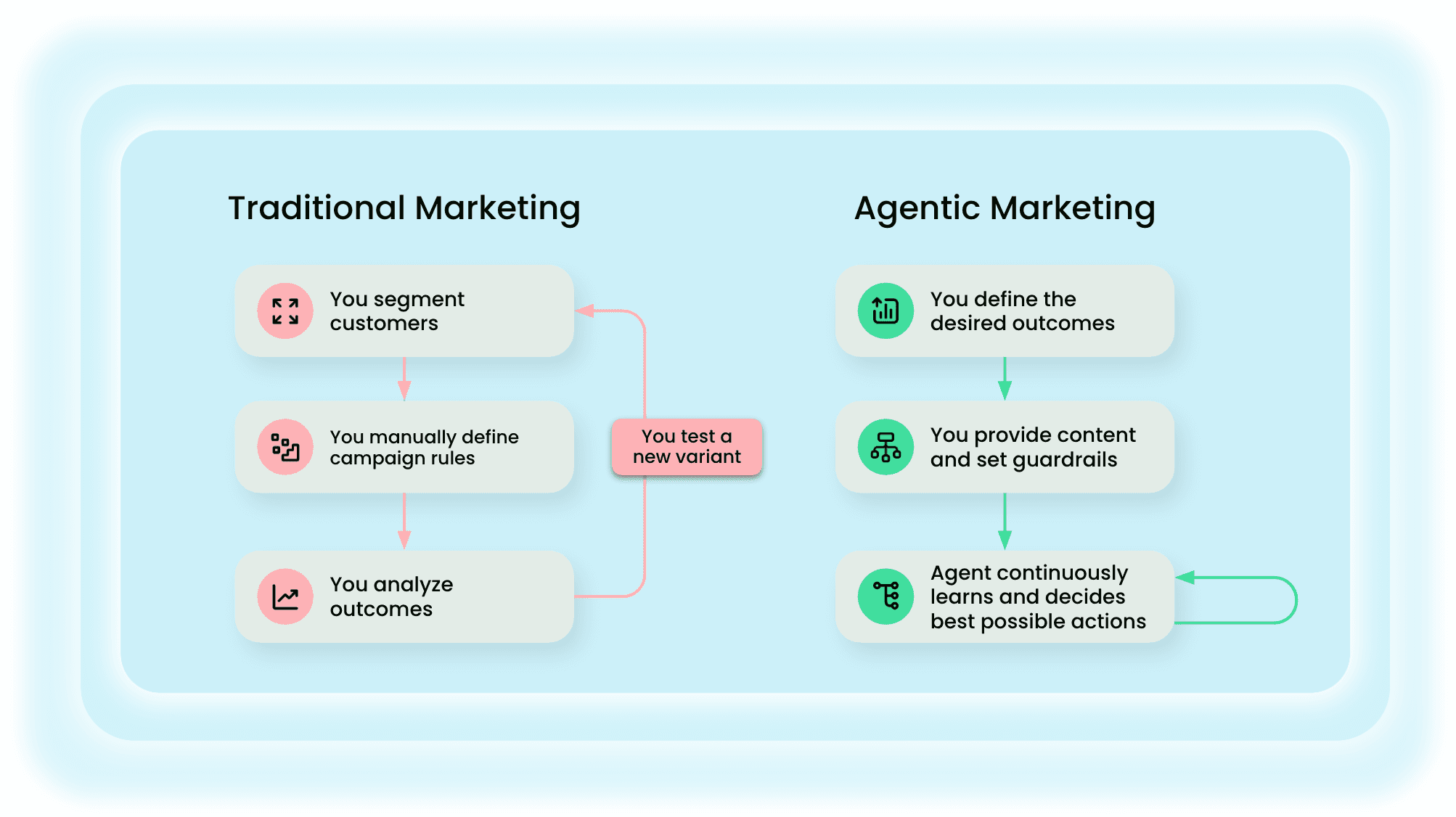
AI Decisioning unlocks outcome-based marketing
As these agents run, they’re able to automate decisioning on a 1:1 basis — going beyond human scale to learn and optimize for the outcomes that matter most to subscription, leveraging reinforcement learning and contextual bandits. With AI Decisioning, marketers can confidently address common scenarios:
- A trial user hasn’t returned since their first stream. Do we promote a trending show or suppress until they show intent?
- A trial user explored the product once and dropped off. Do we prompt them to complete onboarding, highlight a core feature, or wait until they return on their own?
- Two users skipped personalization during signup. Do we nudge both to finish setup, or only the one whose early behavior suggests long-term potential?
- A longtime subscriber is showing signs of disengagement. Do we surface new benefits, offer a limited-time upgrade, or pause messaging to avoid fatigue?
Thriving in the complexities of the subscription
For subscription companies, this technology is a major unlock: AI Decisioning thrives in environments where teams have clear outcomes, ongoing behavioral signals, and meaningful variation across content, plans, pricing, and engagement.
A typical subscription brand might offer multiple tiers, add-ons, feature sets, different content, and promotional bundles — each with its own eligibility rules, billing cadence, and churn risks. Multiply those variables across five major channels (email, push, SMS, in-app, on-site), and the number of decisions required to get each message, offer, and timing right becomes impossible to manage manually.
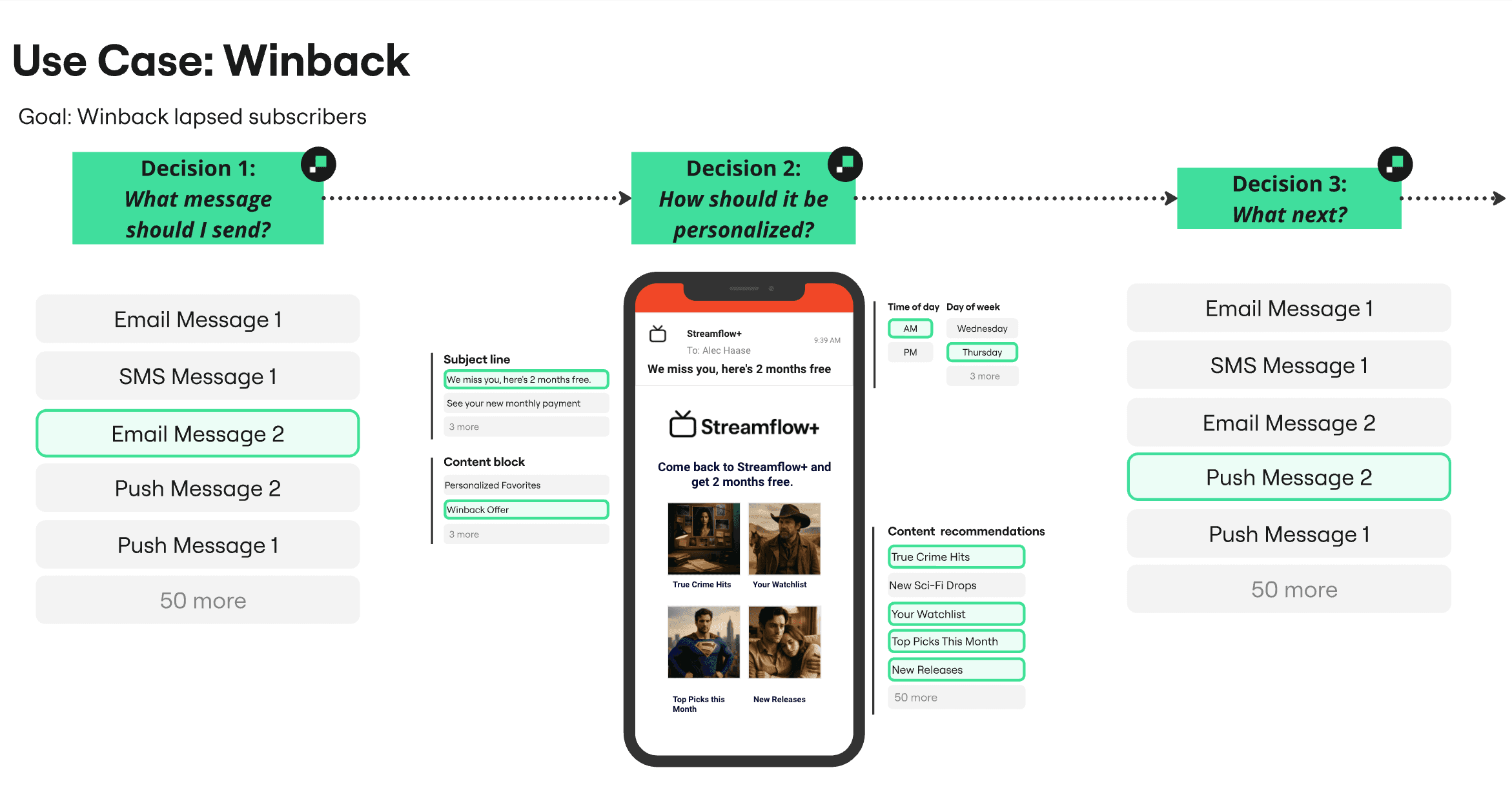
AI agents make the right decision at every step of the customer experience
The only way to manage this many decisions is with AI agents. And the beauty of AI Decisioning is that it’s built to integrate with your existing data infrastructure and marketing tools — without actually storing any data. This means you don’t have to rip and replace your existing systems, workflows, or invest in a complete re-platform. AI Decisioning goes to work making individualized decisions at scale based on core business goals like LTV and retention, and individual user behavior and preferences.
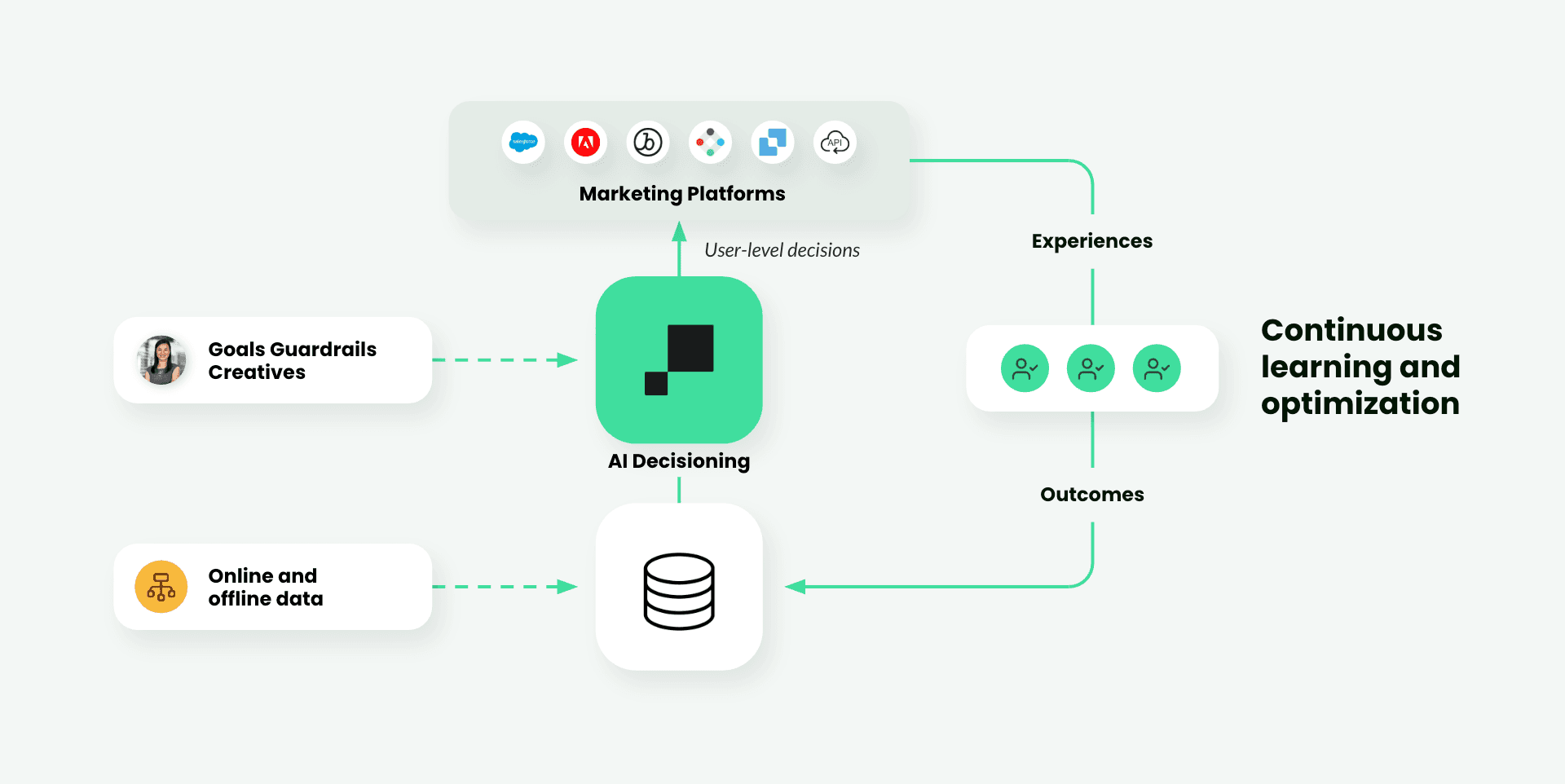
AI Decisioning plugs right into your existing tech stack
Use cases: How AI Decisioning is transforming subscription lifecycle teams
Product usage & engagement
Subscription brands rely on ongoing engagement to drive retention, but forming habits isn’t automatic. Many teams still use rigid onboarding or generic nudges that ignore what each user actually needs.
AI Decisioning agents drive early value and reinforce the moments that lead to long-term stickiness by tailoring outreach based on what users engage with, when they engage, and what similar users need to form habits.
Example: A new subscriber browsed three documentaries but hasn’t returned in five days. The agent waits until Sunday night, when similar users re-engage, and sends a push notification with a new documentary release.
Winback & re-engagement
Churn often starts well before cancellation, with skipped logins and declining engagement. But most reactivation campaigns treat all lapsed users the same, blasting generic “We miss you” messages.
AI Decisioning detects early disengagement and adapts recovery strategies to each user, choosing content, timing, channel, and creative based on individual behavior, past responsiveness, and patterns from similar users who re-engaged successfully.
Example: A longtime subscriber who builds weekly playlists hasn’t opened the app in two weeks. The agent knows they listen during commutes and sends a morning push notification with a favorite artist’s release.
Cross-sell / upsell
Maximizing revenue per subscriber is critical for subscription businesses as acquisition costs rise and user growth slows. But most upsell strategies are too generic or poorly timed. The most valuable opportunities are often subtle — a change in routine, a new preference, or behavior shift.
AI Decisioning detects these signals and delivers upgrade paths aligned to each user’s needs, timing, and likelihood to convert.
Example: A mid-tier subscriber uses multiple profiles and hits a device limit twice in one week. The agent anticipates the pattern and surfaces an in-app card before it happens again.
Uncovering subscriber insights to fuel LTV
The true value of AI Decisioning isn’t just in the scale of decisioning and outcomes, but also in the insights the system uncovers. As the agents continuously experiment with content, timing, and channels, they discover new insights that a human team may have never thought to look for.
For subscription businesses, this might mean discovering that trial users who open onboarding emails but skip setup convert better when nudged via SMS two days later. Or that monthly subscribers who engage with annual plan promos tend to upgrade the following week if shown the value per month, not a discount.
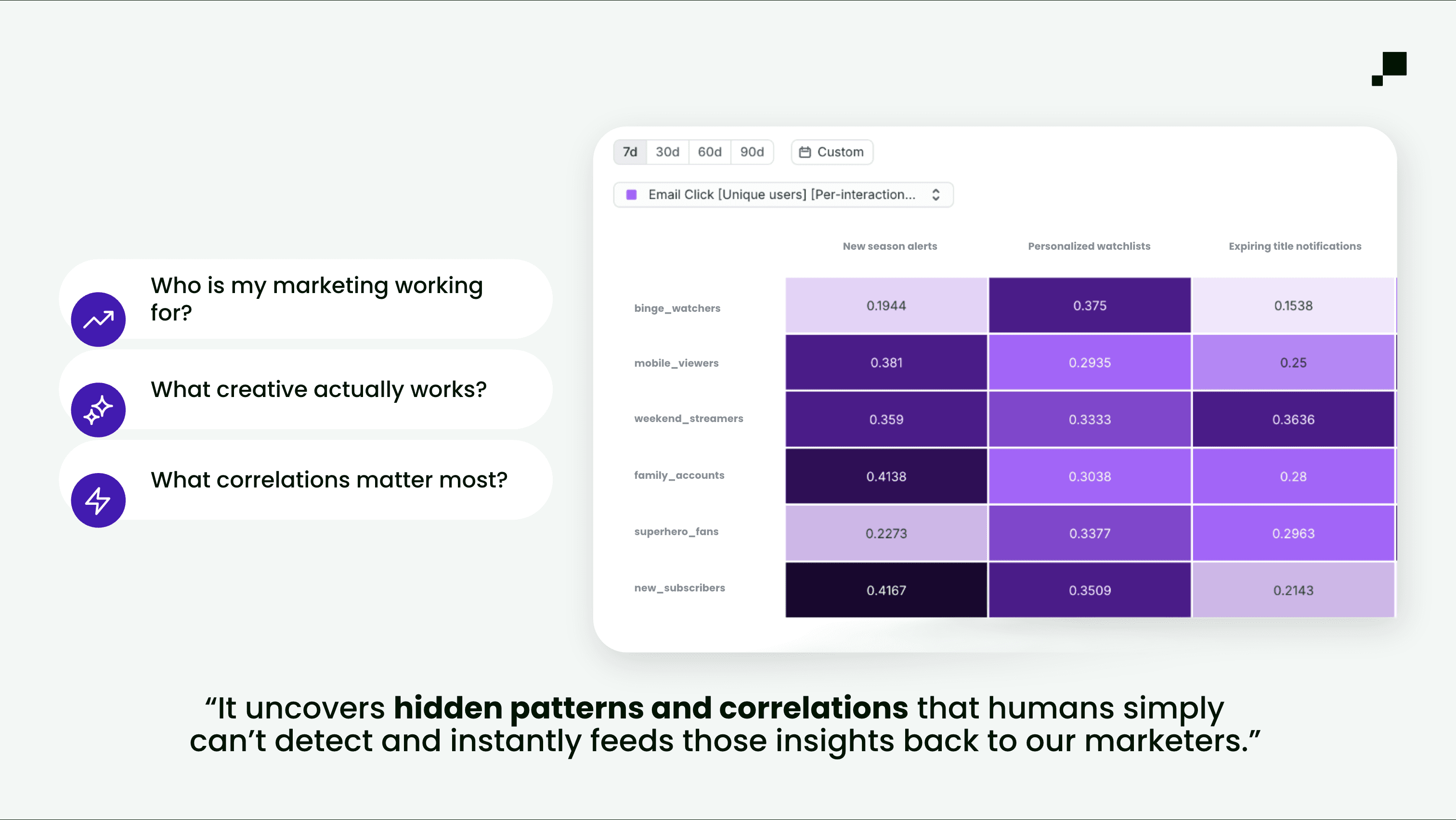
Marketers can then take these learnings and roll them into future campaigns to inform creative and messaging, and offer choices for agents to refine and optimize future campaigns to ultimately increase subscriber LTV.
Companies like Whoop, PetSmart and Fundrise are already reaping the benefits, powering core use cases like repeat purchases, winbacks, and cross-sells to drive measurable lift — all uncovering new insights to improve future campaigns.
“Within the first six weeks of using AI Decisioning, I feel like we’ve gathered more insights than we had in the prior 12 months. The richness of the data we’ve gotten from it has been phenomenal.”

Aoife O’Driscoll
Lifecycle Marketing Lead at WHOOP
Closing thoughts
The internet is busier than ever, and people’s lives are constantly being pulled in a million different directions, which means subscriber behavior is becoming increasingly less predictable. And marketing teams are struggling to continue to find incremental gains/lifts. AI Decisioning doesn’t just unlock more efficiency — it unlocks entirely new surface area. That gives marketers a new lever to drive profitable growth by solving the hardest part of personalization: the decisions.
If you're interested in AI Decisioning, unlocking more value from your existing marketing channels, and increasing the velocity at which you can experiment and learn, book some time with our team today!






